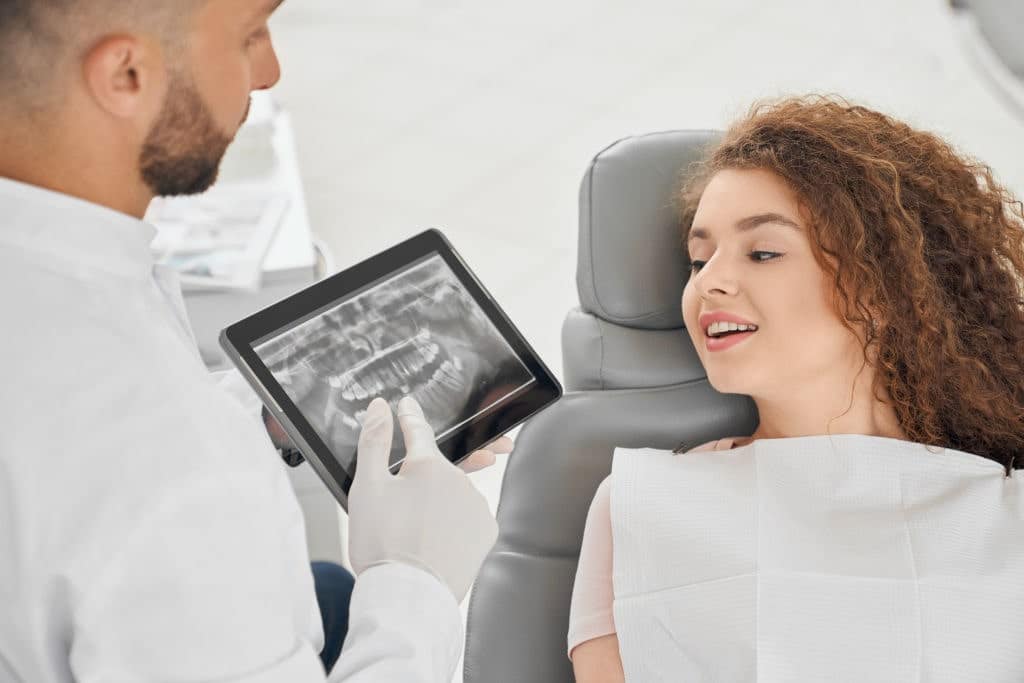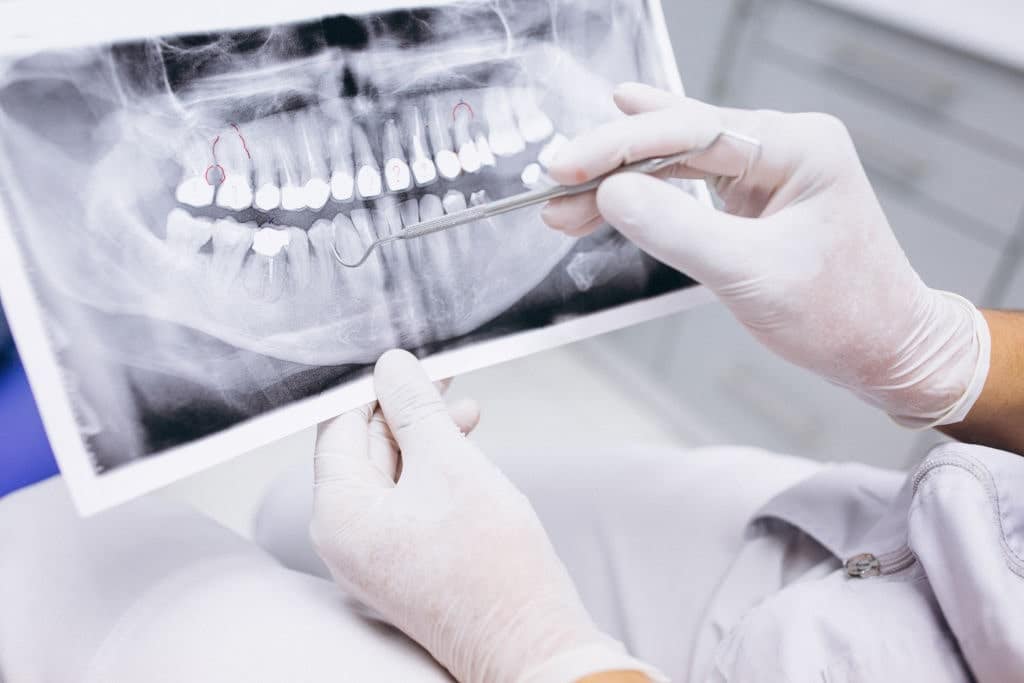You may not want to think about losing a tooth, but most people do so at some point in their lifetime. Severe dental decay or periodontal diseases are frequently to blame. However, trauma or injury caused by dental implant malpractice can also play a role in tooth loss.
Whatever the source, a slight gap in your smile can significantly affect how you live your life. Depending on the opening, your ability to bite, chew, or even talk clearly may be hampered.
Your smile may also make you self-conscious or uncomfortable, undermining your confidence. Thankfully, losing a tooth doesn’t have to be a lifelong issue. Dental implants can be used to fill the gap.
What Are Dental Implants Used For?
Dental implants are a common and effective method of treatment for lost teeth that is both functional and attractive. It can replace a single tooth or several teeth. They function by fastening prostheses to titanium posts that have already been implanted into the jaw bone.
They are, consequently, highly secure and probably the most durable of all restorations. However, dental implants are a procedure that not just any dentist can perform. Due to the planning and procedural complexity, not all patients are the best prospects for successful surgery.
Your chosen dental implant surgeon must possess the expertise and experience necessary to assess your suitability for the surgery. They must plan the placement of the implants and perform the process to the highest standard.
Unfortunately, there is a considerable probability that you will have a problem if you choose a dental implant surgeon who lacks these qualities. Even an accomplished and highly skilled dental implant surgeon occasionally makes mistakes. The bad news is that you may experience several difficulties due to these mistakes.
When a dental surgeon negligently performs a dental implant, he can be sued by the patient and made to pay compensation for his actions. One way to assist justice is to use medical malpractice trial animation to illustrate the malpractice committed by the surgeon.
Showcasing Dental Implant Malpractice With Medical Trial Animation
Different errors can cause multiple complications after a dental implant. Some of the malpractices include misdiagnosis, glossing over a patient’s medical history, failing to reveal the procedure’s risks and get informed consent, and incorrectly estimating the required dosage of a drug or anesthetic.
Failing to utilize suitable and thoroughly sterile tools, failing to follow up with patients, or failing to detect an illness or sickness early on can also be grounds for a medical malpractice action.
Here are the complications that can arise from dental implant malpractice:
- An allergic response
Titanium alloy is used in the majority of implants. Rarely, but occasionally, certain patients may experience an undiagnosed metal allergy to titanium or another metal.
A change in taste, tingling, irritation, or swelling in the area are indications of an allergic reaction.
There are substitute materials that the doctor can utilize if you do have an allergy to titanium alloy. You will only need to have a new implant.
An adverse response to implants should get your surgeon to take the necessary remedial action before it becomes more aggravated.
Depending on the case’s unique facts, you can address negligence related to implant allergy with medical animation.
In the case of Harris v. Raymond, the plaintiff sued because his oral surgeon failed to inform him of the risks of getting the specific implant, given that the FDA had released warnings concerning its use. The implant caused severe jaw pain for several years.

- Nerve Damage
Sometimes, an implant may be installed too close to a nerve, endangering it. Numbness or tingling in the tongue, gums, lips, or face are indications of nerve injury. The issue may be resolved by removing the implant, but there is a chance that the nerve damage may worsen over time.
Before the treatment, your oral surgeon should go over all potential risks, including the possibility of nerve injury.
If your oral surgeon did not inform you of the possibility of nerve injury or your surgeon caused nerve injury via negligence, you can use medical animation to reveal the anatomy of the teeth and the harm that was caused.
- A loose implant
An implant that has come loose is perhaps the most prevalent problem. There are numerous potential reasons why this might be.
Sometimes the jaw bone is not strong enough to support the implant, maybe due to bone loss with age. Smoking, gum disease, and poor oral hygiene are other causes of a loose implant.
Another cause of a flexible implant is surgical error. You can use medical animation to showcase the procedure that may have caused the loose implant.
- Infection
Infection is another typical issue with oral implants. An inflamed and infected implant site might bring on pain and even fever. Infections frequently start to spread soon after implant surgery.
Even though infection is a common risk of most surgical operations, a lack of post-operative cleaning procedures after the surgery can be medical negligence.
- Bleeding
Bleeding may be a sign of improperly done implants. An implant can occasionally bring on chronic bleeding. When bleeding persists, it can result in various issues, such as anemia and upset stomachs. It must be immediately fixed to get the implant in place and recognize the cause of the bleeding.
You can use medical animation to showcase the cause and effect of the bleeding.
- Protrusion into the sinus cavity
Rarely could an implant in the upper jaw stick out into the sinus space. In addition to increasing the likelihood that the implant may fail, this can result in pain and other issues in the sinuses. It would help if you found out what may have gone wrong to warrant the implant’s protrusion into the sinus cavity.
You can then use medical animation to portray the cause and effect.
- Micro-movement
Micro-movement, often known as implant shift or movement, might occur occasionally. You might not even notice it because it is not as bad as a loose implant. A sense of tightness in the teeth around the implant or a change in the implant you can see when you look in the mirror are cautionary signals of a micro-movement. This is a red flag that the implant may soon start to come away.
You might be able to acquire compensation for a micro-movement if it was caused by medical malpractice.

Conclusion
A dental implant malpractice action can help you recover financial compensation that covers pain and suffering, permanent injuries, past and future medical bills, loss of earnings, and aesthetic deformity.
Medical animators at Fox-AE are committed to helping you get justice for damages by visualizing whatever error occurred during the dental implant. We can illustrate the anatomy of the teeth, dental implant procedure, errors during the procedure, and the resulting effects of the error. All these are done to ensure that the jury understands the causation of the malpractice and injury.
We also work closely with expert witnesses to ensure that the demonstrative exhibits are detailed and follow expert opinion.






